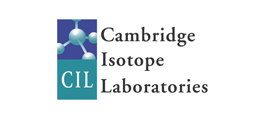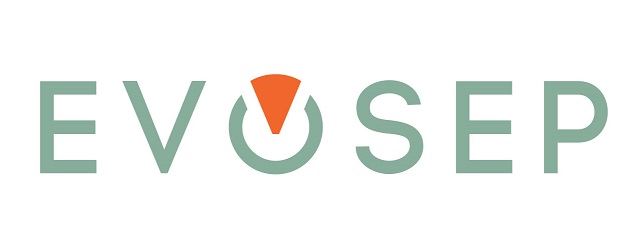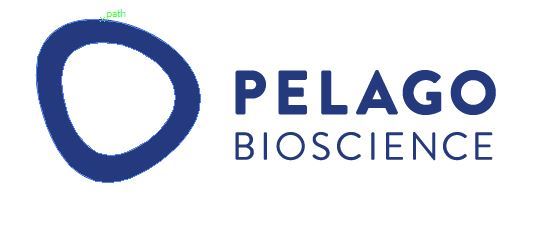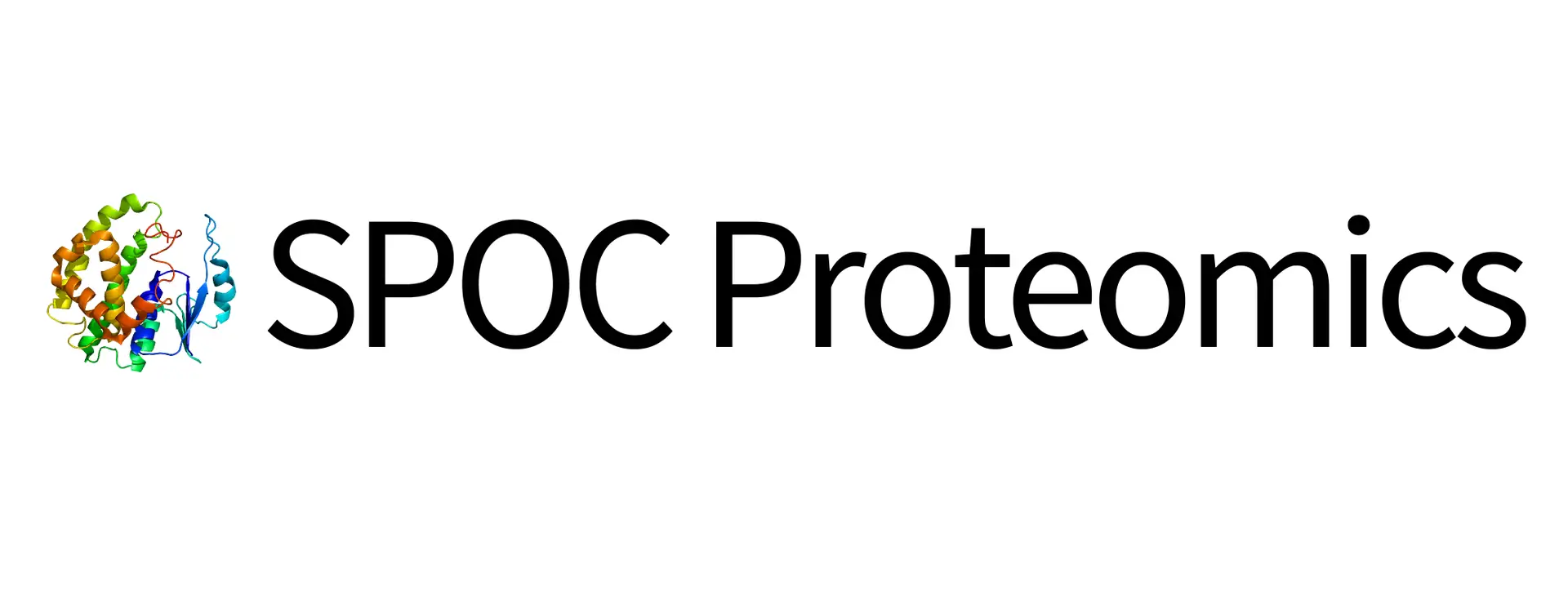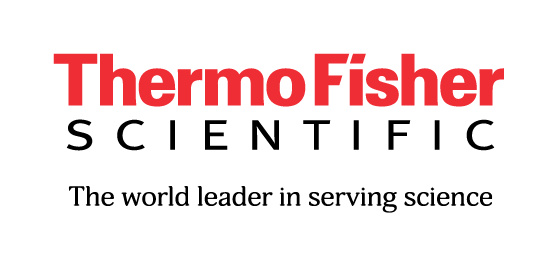|
Human Kidney and Urine Proteome Project |
Overview of ProjectThe kidney is a central organ in human body that maintains homeostasis (water, electrolytes, pH etc.), excretion of metabolic wastes (nitrogen metabolites, etc.) and interacts with other organs (heart, blood vessel, bone, liver, lung, brain etc.) by production of bioactive substances. Therefore, impairment of the kidney functions causes not only kidney disorders but also malfunctions of other organs. Nephrologists and kidney researchers are now confronted worldwide with a great increase in the number of patients with chronic renal failure and other kidney diseases. Since proteomic analysis of human kidney tissues and urine samples are expected to provide information on these points, Human Kidney and Urine Proteome Project (HKUPP) was launched as a HUPO initiative in 2005 to promote international collaboration of human kidney and urine proteomic by sharing information and data and to understand the pathophysiology of kidney diseases and to discover urine biomarkers for kidney diseases. The mission of the Human Kidney and Urine Proteome Project (HKUPP) is:
Current lines of work:
Papers:Roles of Macrophage Exosomes in Immune Response to Calcium Oxalate Monohydrate Crystals. Nilubon Singhto, Rattiyaporn Kanlaya, Angkhana Nilnumkhum, Visith Thongboonkerd. Front Immunol. 2018; 9: 316. The family of 14‐3‐3 proteins and specifically 14‐3‐3σ are up‐regulated during the development of renal pathologies. Myrto Rizou, Eleni A. Frangou, Filio Marineli, Niki Prakoura, Jerome Zoidakis, Harikleia Gakiopoulou, George Liapis, Panagiotis Kavvadas, Christos Chatziantoniou, Manousos Makridakis, Antonia Vlahou, John Boletis, Demetrios Vlahakos, Dimitrios Goumenos, Evgenios Daphnis, Christos Iatrou, Aristidis S. Charonis. J Cell Mol Med. 2018 Sep; 22(9): 4139–4149. Novel Urinary Biomarkers For Improved Prediction Of Progressive eGFR Loss In Early Chronic Kidney Disease Stages And In High Risk Individuals Without Chronic Kidney Disease. María E. Rodríguez-Ortiz, Claudia Pontillo, Mariano Rodríguez, Petra Zürbig, Harald Mischak, Alberto Ortiz. Sci Rep. 2018; 8: 15940. Promise and Implementation of Proteomic Prostate Cancer Biomarkers. Agnieszka Latosinska, Maria Frantzi, Axel S. Merseburger, Harald Mischak. Diagnostics (Basel) 2018 Sep; 8(3): 57. Urinary proteomics for prediction of mortality in patients with type 2 diabetes and microalbuminuria. Gemma E. Currie, Bernt Johan von Scholten, Sheon Mary, Jose-Luis Flores Guerrero, Morten Lindhardt, Henrik Reinhard, Peter K. Jacobsen, William Mullen, Hans-Henrik Parving, Harald Mischak, Peter Rossing, Christian Delles. Cardiovasc Diabetol. 2018; 17: 50. Urinary CE-MS peptide marker pattern for detection of solid tumors. Iwona Belczacka, Agnieszka Latosinska, Justyna Siwy, Jochen Metzger, Axel S. Merseburger, Harald Mischak, Antonia Vlahou, Maria Frantzi, Vera Jankowski. Sci Rep. 2018; 8: 5227. Biomarker enhanced risk prediction for development of AKI after cardiac surgery. Michael L. Merchant, Michael E. Brier, Mark S. Slaughter, Jon B. Klein, Kenneth R. McLeish. BMC Nephrol. 2018; 19: 102. Protomic Analysis for Identification of Biomarkers that Predict Severe Acute Kidney Injury. Arthur JM, Karakala N, Edmondson RD Nephron. 2018;140(2):129-133 Precision medicine in lupus nephritis: can biomarkers get us there? Caster DJ, Merchant ML, Klein JB, Powell DW. Transl Res. 2018 Nov;201:26-39. Protein Mass Spectrometry Made Simple. Klein JB, A Knepper M. J Am Soc Nephrol. 2018 Jun;29(6):1585-1587 CureGN Study Rationale, Design, and Methods: Establishing a Large Prospective Observational Study of Glomerular Disease. Mariani LH, Bomback AS, Canetta PA, Flessner MF, Helmuth M, Hladunewich MA, Hogan JJ, Kiryluk K, Nachman PH, Nast CC, Rheault MN, Rizk DV, Trachtman H, Wenderfer SE, Bowers C, Hill-Callahan P, Marasa M, Poulton CJ, Revell A, Vento S, Barisoni L, Cattran D, D'Agati V, Jennette JC, Klein JB, Laurin LP, Twombley K, Falk RJ, Gharavi AG, Gillespie BW, Gipson DS, Greenbaum LA, Holzman LB, Kretzler M, Robinson B, Smoyer WE, Guay-Woodford LM; CureGN Consortium. Am J Kidney Dis. 2019 Feb;73(2):218-229 Proteome Profiling of Diabetic Mellitus Patient Urine for Discovery of Biomarkers by Comprehensive MS-Based Proteomics. Yoshitoshi Hirao, Suguru Saito, Hidehiko Fujinaka, Shigeru Miyazaki, Bo Xu, Ali F. Quadery, Amr Elguoshy, Keiko Yamamoto, Tadashi Yamamoto. Proteomes. 2018 Mar; 6(1) Metaproteomics reveals potential mechanisms by which dietary resistant starch supplementation attenuates chronic kidney disease progression in rats. Boris L Zybailov, Galina V Glazko, Yasir Rahmatallah, Dmitri S Andreyev, Taylor McElroy, Oleg Karaduta, Stephanie D Byrum, Lisa Orr, Alan J Tackett, Samuel G Mackintosh, Ricky D Edmondson, Dorothy A Kieffer, R J Martin, Sean H Adams, Nosratola D Vaziri, and John M Arthur. PLoS One. In Press 2018 Urinary CE-MS peptide marker pattern for detection of solid tumors. Iwona Belczacka, Agnieszka Latosinska, Justyna Siwy, Jochen Metzger, Axel S. Merseburger, Harald Mischak, Antonia Vlahou, Maria Frantzi, Vera Jankowski. Sci Rep. 2018; 8: 5227. More complete polarization of renal tubular epithelial cells by artificial urine. Arada Vinaiphat, Komgrid Charngkaew, Visith Thongboonkerd. Cell Death Discov. 2018; 4: 47. Severity and Frequency of Proximal Tubule Injury Determines Renal Prognosis. Takaori K, Nakamura J, Yamamoto S, Nakata H, Sato Y, Takase M, Nameta M, Yamamoto T, Economides AN, Kohno K, Haga H, Sharma K, Yanagita M. J Am Soc Nephrol. 2015 Dec 23. pii: ASN.2015060647. [Epub ahead of print] PMID: 26701981 The Urinary Bladder Transcriptome and Proteome Defined by Transcriptomics and Antibody-Based Profiling. Habuka M, Fagerberg L, Hallström BM, Pontén F, Yamamoto T, Uhlen M. PLoS One. 2015 Dec 22;10(12):e0145301. doi: 10.1371/journal.pone.0145301. eCollection 2015. PMID: 26694548 Free PMC Article Leptin deficiency down-regulates IL-23 production in glomerular podocytes resulting in an attenuated immune response in nephrotoxic serum nephritis. Goto K, Kaneko Y, Sato Y, Otsuka T, Yamamoto S, Goto S, Yamamoto K, Yamamoto T, Kawachi H, Madaio MP, Narita I. Int Immunol. 2015 Nov 13. pii: dxv067. [Epub ahead of print] PMID: 26567290 A proteomic glimpse into human ureter proteome. Magdeldin S, Hirao Y, Elguoshy A, Xu1 B, Zhang Y, Fujinaka H, Yamamoto K, Yates JR 3rd, Yamamoto T. Proteomics. 2015 Oct 7. doi: 10.1002/pmic.201500214. [Epub ahead of print] PMID: 26442468 Datasets from label-free quantitative proteomic analysis of human glomeruli with sclerotic lesions. Zhang Y, Xu B, Kinoshita N, Yoshida Y, Tasaki M, Fujinaka H, Magdeldin S, Yaoita E, Yamamoto T. Data Brief. 2015 May 27;4:180-5. doi: 10.1016/j.dib.2015.05.013.eCollection 2015 Sep. PMID: 26217785 Free PMC Article Complementary Protein and Peptide OFFGEL Fractionation for High-Throughput Proteomic Analysis. Magdeldin S, Elguoshy A, Yoshida Y, Hirao Y, Xu B, Zhang Y, Yamamoto K, Takimoto H, Fujinaka H, Kinoshita N, Yamamoto T. Anal Chem. 2015 Aug 18;87(16):8481-8. doi: 10.1021/acs.analchem.5b01911. Epub 2015 Jul 28. Label-free quantitative proteomic analysis reveals strong involvement of complement alternative and terminal pathways in human glomerular sclerotic lesions. Zhang Y, Xu B, Kinoshita N, Yoshida Y, Tasaki M, Fujinaka H, Magdeldin S, Yaoita E, Yamamoto T. J Proteomics. 2015 Jun 18;123:89-100. doi: 10.1016/j.jprot.2015.03.024. Epub 2015 Mar 30. PMID: 25835966 Select item 25825003 Unrestricted modification search reveals lysine methylation as major modification induced by tissue formalin fixation and paraffin-embedding. Zhang Y, Muller M, Xu B, Yoshida Y, Horlacher O, Nikitin F, Garessus S, Magdeldin S, Kinoshita N, Fujinaka H, Yaoita E, Hasegawa M, Lisacek F, Yamamoto T. Proteomics. 2015 Aug;15(15):2568-79. doi: 10.1002/pmic.201400454. Epub 2015 May 3. Identification of ageing-associated naturally occurring peptides in human urine. Nkuipou-Kenfack E, Bhat A, Klein J, Jankowski V, Mullen W, Vlahou A, Dakna M, Koeck T, Schanstra JP, Zürbig P, Rudolph KL, Schumacher B, Pich A, Mischak H. Oncotarget. 2015 Oct 27;6(33):34106-17. doi: 10.18632/oncotarget.5896. Links to other HPP groups:
Participating chromosomes: X
Leadership:
John Arthur, Chair For more information or participation opportunities please contact office(at)hupo.org. |



.png)



